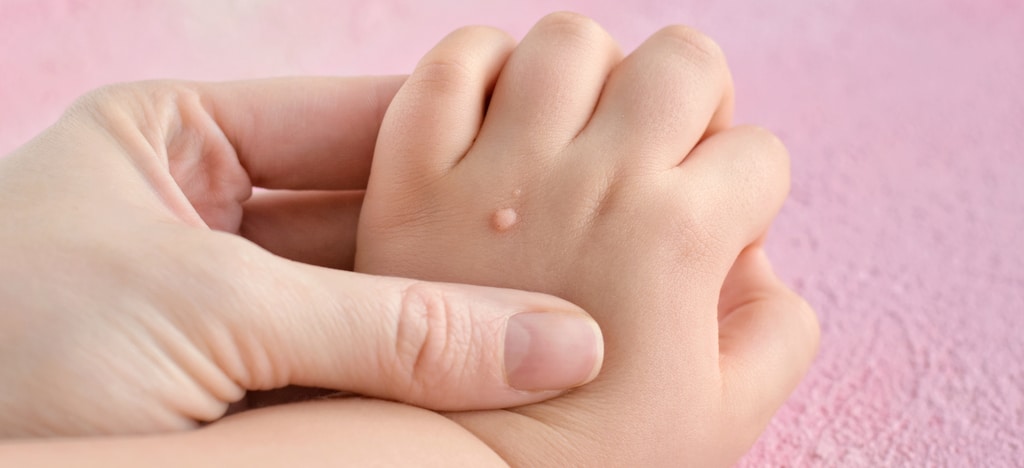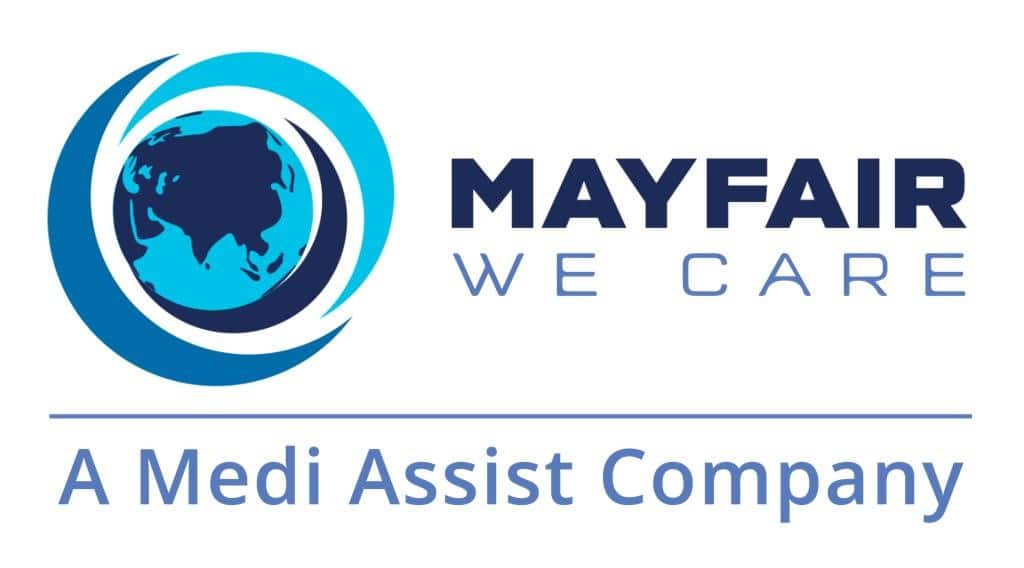What are warts?
Warts are benign skin growths that appear when a virus infects the top layer of the skin. Viruses that cause warts are called human papillomavirus (HPV).Warts are often skin-colored and feel rough, but they can be dark (brown or gray-black), flat, and smooth.
Where on the body do they typically occur?
There are five major types of warts. Each type appears on a different part of the body and has a distinct appearance.
- Common warts usually grow on fingers, hands, knees, and elbows. A common wart is dome-shaped and is usually grayish-brown. It has a rough surface with black dots.
- Flat warts are small and about the size of a pinhead. They’re smoother than other kinds of warts and have flat tops. A flat wart may be pink, light brown, or yellow. Most kids who get flat warts have them on their faces, but flat warts can also grow on arms, knees, or hands. There can be as many as 100 flat warts all clustered together.
- Plantar warts grow on the soles of the feet. Unlike other warts, plantar warts grow into your skin, not out of it. You can tell if you have a plantar wart if you notice what appears to be a small hole in the bottom of your foot that is surrounded by hardened skin. Plantar warts can make walking uncomfortable.
- Periungual warts form around your fingernails or toenails. They start small, about the size of a pinhead, and slowly grow to rough, dirty-looking bumps that can resemble cauliflower.
- Filiform warts grow around your mouth or nose and sometimes on your neck or under your chin. They are small and shaped like a tiny flap or tag of skin. Filiform warts are the same color as your skin.
What age do they tend to develop?
Warts can occur on anybody, but children and young adults get them more often than adults.
Can I ‘catch’ warts from someone else? Are they contagious?
Yes, warts can spread from person to person or from one place on your body to another. You can get warts from touching a wart on someone’s body. Some people get a wart after touching something that another person’s wart touched such as a towel. It often takes a few months for warts to grow large enough to see. It is easier to catch a virus that causes warts when you have a cut or scrape on your skin. This is why so many children get warts.
How are warts best treated?
Some warts do not need treatment. Spontaneous resolution may occur, particularly in children.
Home remedies such as covering the warts with duct tape are harmless, but there are conflicting studies whether they really get rid of warts. Since warts may go away without treatment, it’s hard to know whether a home remedy worked or the warts just went away.
You should see your doctor if:
- The growths are painful or change in appearance or colour
- You have tried treating the warts, but they persist, spread or recur
- The growths are bothersome and interfere with activities
- You are not sure whether the growths are warts
There are different treatment options that your doctor or dermatologist may use to treat the warts.
Can warts be prevented?
There are ways to prevent warts and keep them from spreading to other parts of your body if you already have one. Follow these simple guidelines:
- Wash your hands regularly, especially if you’ve been in contact with someone with warts.
- Do not pick on your warts.
- Cover warts with a bandage.
- Keep your hands and feet dry.
- Wear shower shoes (flip-flops) when in a pools area or public bathrooms.
If you have concerns visit your doctor you can advice.





































